12" 300LB gate valve is made according to API600 standard. The valve body is made of ASTM A216 WCB. It has the structural characteristics of bolt cover, rising stem, elastic gate and full flow. Its connection mode is RF. And it has gearbox operation mode.
Payment:
30% when order confirmed, 70% before shipmentProduct Origin:
ChinaColor:
CustomizationShipping Port:
Shanghai, ChinaLead Time:
30~60 days Ex Works after order confirmationMaterial:
ASTM A216 WCBMethod of Operation:
Gearbox OperationProduct Description
|
Type |
Gate Valve |
|
Size |
12" |
|
Pressure |
300LB |
|
Connection |
RF |
|
Operation |
Gearbox Operation |
|
Body Material |
ASTM A216 WCB |
|
Design Norm |
API600 |
|
Face to Face Dimension |
ASME B16.10 |
|
Flange Dimension |
ASME B16.5 |
|
Test & Inspection Code |
API598 |
|
Temperature |
-29 ~ 425°C |
|
Applicable Medium |
Water, Oil and Gas |
Features
1. Simple structure, compact structure, beautiful appearance, convenient assembly, and reliable operation;
2. Easy to open and close, excellent sealing performance.
Technical Drawing
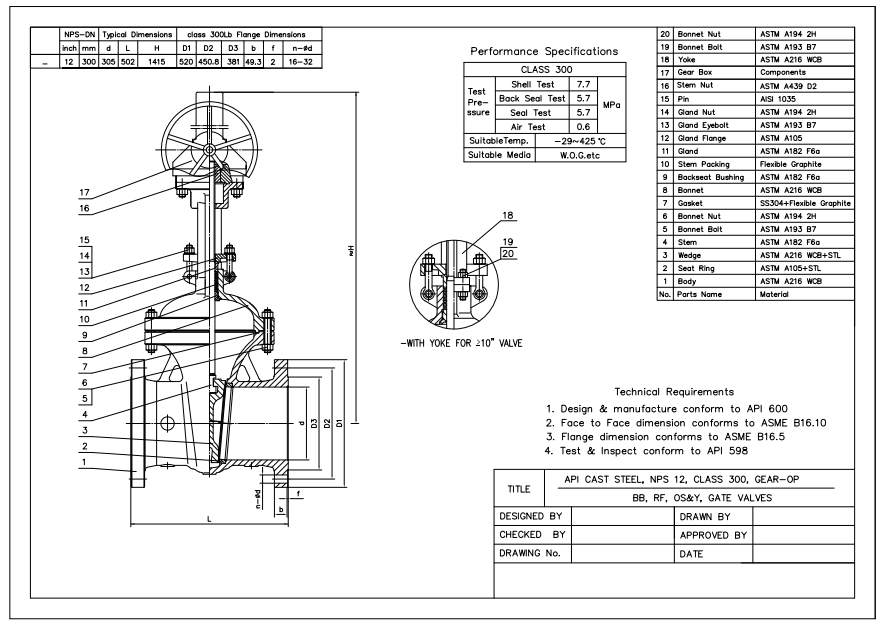
Dimension Checking
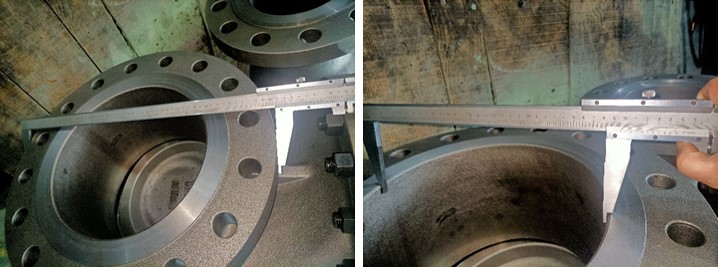
Pressure Testing
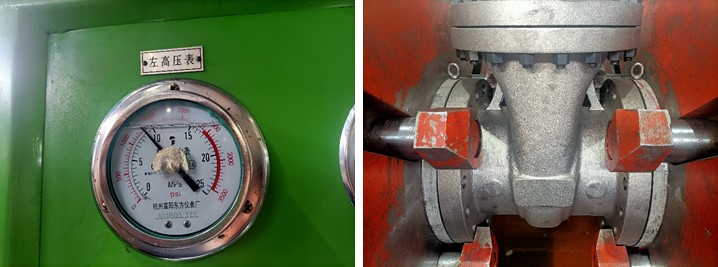
Painting
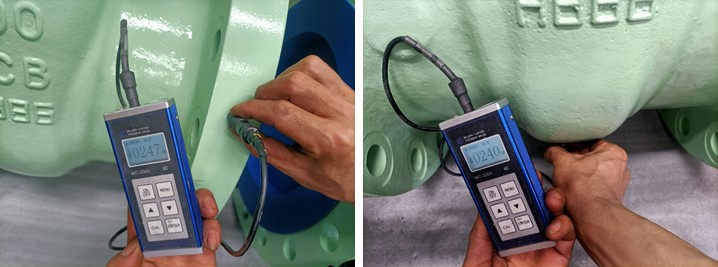
Nameplate & Packing
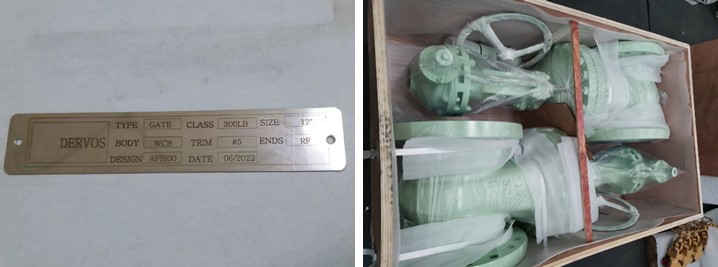
Inspection report
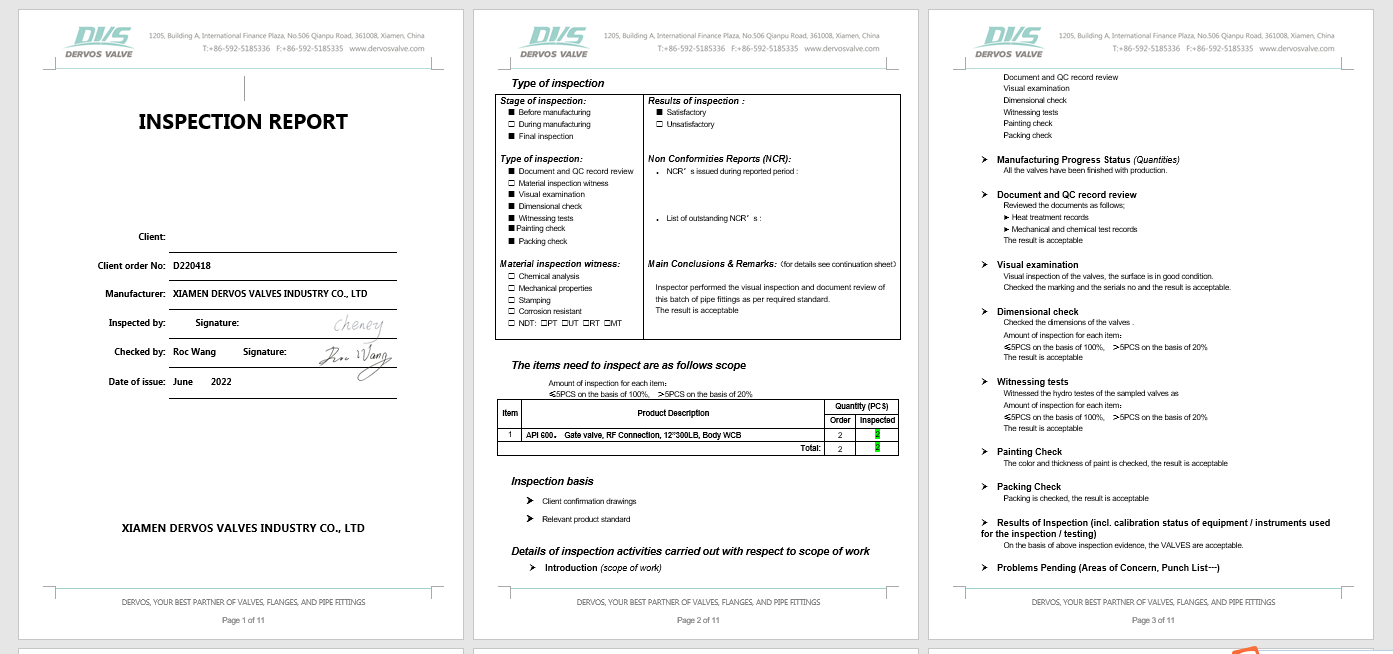
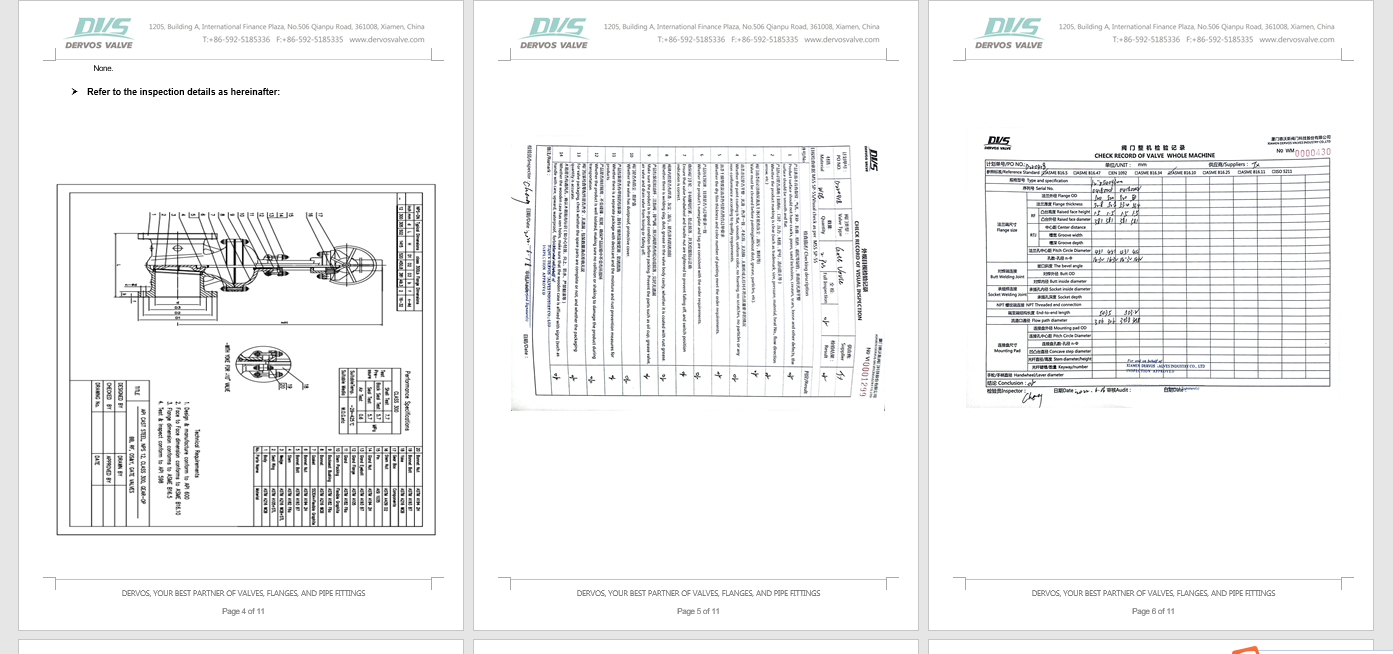
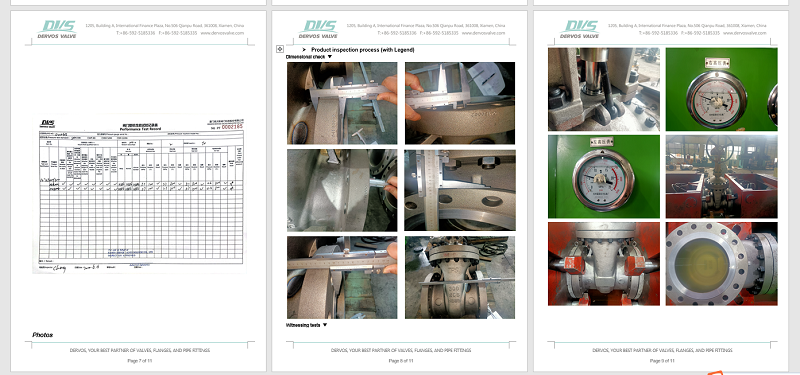
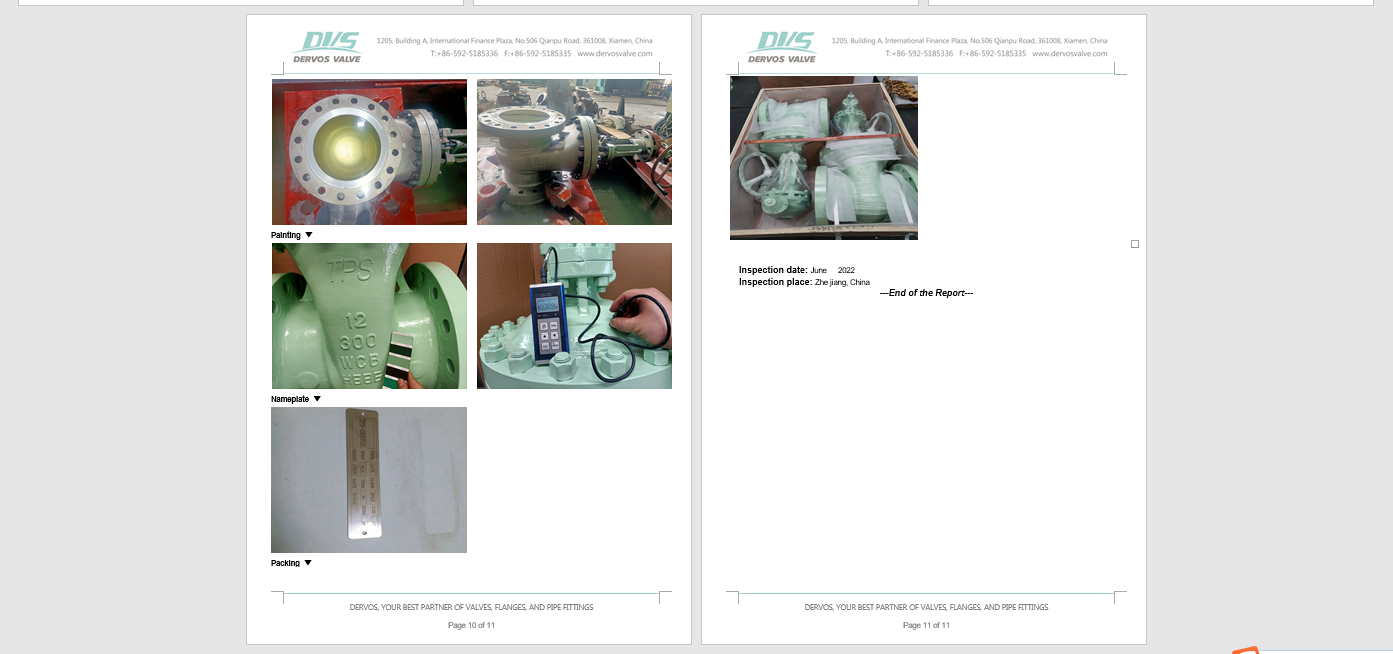
If you are interested in our products and want to know more details,please leave a message here,we will reply you as soon as we can.